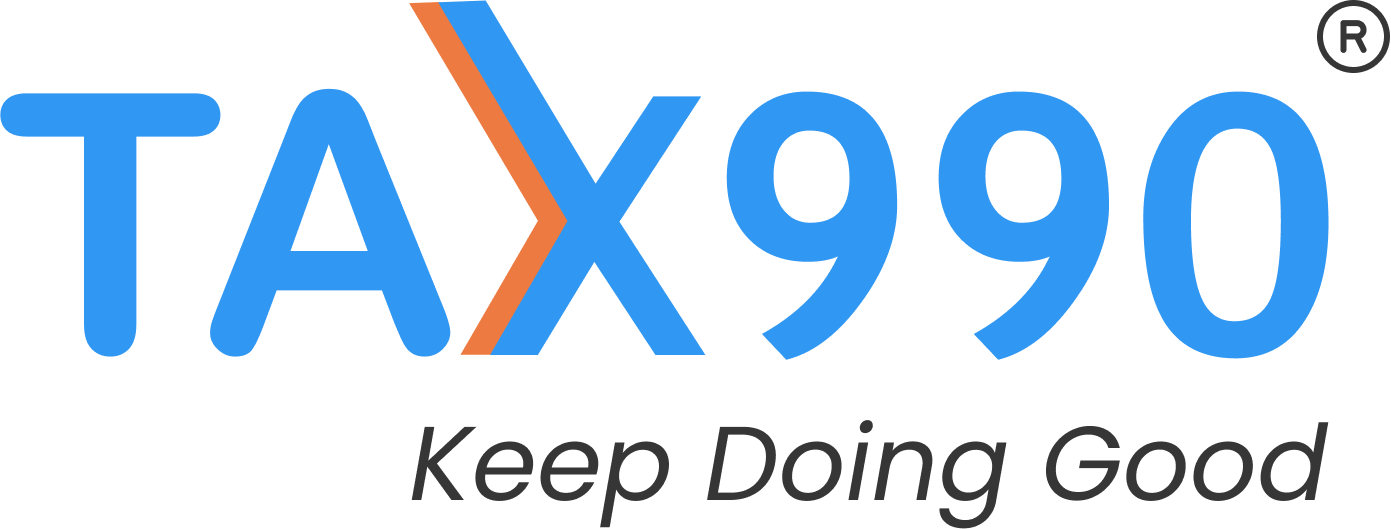Estimated reading time: 13 minute(s)

When comes to filing out Form 990-PF for your private foundation, the IRS requires a lot of information. This means some complex calculations may be required as well.
Form 990-PF is made up of several sections, one of the most troublesome for filers is the Balance Sheet in Part II.
This article acts as a guide to help you better understand what is required in this section and some common questions that our clients generally have when completing the balance sheet.
What is the Purpose of the Balance Sheet?
The balance sheet is actually very important because it gives the IRS insight into how your foundation is structured financially.
Your organization is required to report the Book value and Fair Market Value of your foundation’s finances at the beginning and end of the year.
Part II is split up into 3 sections,
- Assets – Assets are the things owned by your organization that have financial value.
- Liabilities – Liabilities are anything that your organization owes.
- Net Assets or Fund Balances – Net Assets are the leftover assets after deducting the liabilities from the total assets.
| Net Assets or Fund balances = Assets – Liabilities |
The details you provide in the first two sections will be used to figure out the net assets or fund balances in the third section.
There are 3 columns in each of these sections,
- Book Value at the beginning of the year
- Book Value at the end of the year
- Fair Market Value at the end of the year
Foundations whose total assets are $5,000 or more at any time during the year must complete all of the columns (a), (b), and (c).
If the total assets are less than $5,000, you only need to complete columns (a) and (b), and line 16 of column (c).
Assets (Lines 1-16)
In the first section, you are required to provide an overview of your foundation’s assets for the given tax year.
Some examples of assets are,
- Cash (Non-interest bearing)
- Savings and temporary cash investments
- Accounts, Pledges, Grants, Other Notes, and Loans Receivable
- Receivables due from officers, directors, trustees, and other disqualified persons
- Inventories for sale or use
- Prepaid expenses and deferred charges
- Various forms of Investments (Corporate stock, bonds, etc.)
- Land, buildings, and equipment
You can include and describe any other assets that your foundation has here as well.
Depending on the size of the foundation and the information you provide, you may be required to attach additional Schedules to fully answer the questions in this section of the form.
After entering the assets, add up the amounts on Lines 1-15 to provide the total assets that your foundation owns on Line 16.
| Total Assets (Line 16) = Sum of lines 1 to 15 (all assets) |
Liabilities (Lines 17 – 23)
Here, you must report details regarding the liabilities that your foundation had at the beginning and end of the tax year.
Some examples of liabilities are,
- Accounts payable and accrued expenses
- Grants payable
- Deferred revenue
- Loans from officers, directors, trustees, and other disqualified persons
- Mortgages and other notes payable
If there are any other liabilities, describe them. Then, add all the values of liabilities and enter the total liabilities on Line 23.
| Total Liabilities (Line 23) = Sum of lines 17 to 22 (all liabilities) |
Net Assets or Fund Balances (Lines 24 – 30)
This is the last section where you are required to report details regarding your organization’s Net Assets or Fund Balances.
The information you report in this section depends upon whether or not your foundation follows FASB ASC 958.
FASB ASC means FASB Accounting Standards Codification that, sets accounting standards to be followed for financial reporting. Code 958 is for Nonprofit organizations.
For Foundations that follow FASB ASC 958
| Total Net Assets or Fund Balances = Line 24 + Line 25 |
Line 24 – Net assets with donor restrictions
Line 25 – Net Assets without donor restrictions.
For Foundations that don’t follow FASB ASC 958
| Total Net Assets or Fund Balances = Line 26 + Line 27 + Line 28 |
Line 26 – Capital stock, trust principal, or current funds
Line 27 – Paid-in or capital surplus, or land, bldg., and equipment fund
Line 28 – Retained earnings, accumulated income, endowment, or other funds
Then, add the total liabilities and total net assets and enter this amount on the last line of the balance sheet.
| Total liabilities and net assets/fund balances = Line 23 + Line 29 |
Line 23 – Total Assets
Line 29 – Total Net Assets or Fund Balances
Remember, this value must match the value reported on line 16 (Total Assets) for both the beginning and end of the year.
And that’s it! You’re done with the Balance Sheet of Form 990-PF.
For detailed information on how to complete the other parts of Form 990-PF, check out our Form 990-PF instructions guide.



